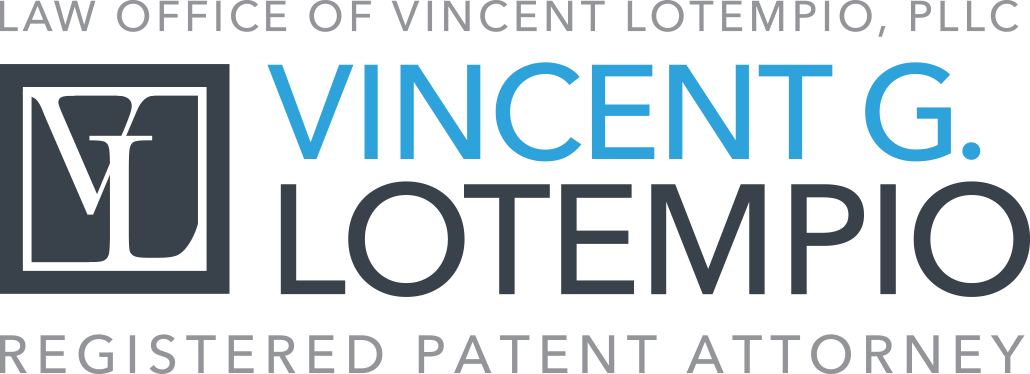- Deceased Inventor
- Declaration
- Defensive Publication
- Demand
- Dependent Claim
- Design Patent
- Disclaimer
- Disclosure
- Disclosure Document
- Divisional Application
- Doctrine of Equivalents
- Double Patenting Rejection
- Drawing
Deceased Inventor:
A named inventor who has died prior to the filing of a patent application or during the prosecution of a patent application.
Declaration:
Any document to be filed in the Patent and Trademark Office and which is required by any law, rule, or other regulation to be under oath may be subscribed to by a written declaration. Such declaration may be used in lieu of the oath otherwise required, if, and only if, the declarant is on the same document, warned that willful false statements and the like are punishable by fine or imprisonment, or both and may jeopardize the validity of the application or any patent issuing thereon. The declarant must set forth in the body of the declaration that all statements made of the declarant’s own knowledge are true and that all statements made on information and belief are believed to be true.
Defensive Publication:
The Defensive Publication Program, which provided for the publication of the abstract of the technical disclosure of a pending application if the applicant waived his or her rights to an enforceable patent, was available between April 1968 and May 8, 1985. The program was ended in view of the applicant’s ability to obtain a Statutory Invention Registration.
Demand:
Form PCT/IPEA/401, filed with an International Preliminary Examining Authority, demanding that an international application shall be the subject of an international preliminary examination.
Dependent Claim:
A claim that refers back (“depends on”) to and further limits a preceding dependent or independent claim. A dependent claim shall include every limitation of the claim from which it depends.
Design Patent:
May be granted to anyone who invents a new, original, and ornamental design for an article of manufacture.
Disclaimer:
A patentee, whether of the whole or any sectional interest therein, may, on payment of the fee required by law, make disclaimer (give up all or part of the owner’s rights to enforce claims) of any complete claim , stating therein the extent of their interest in such patent. Such disclaimers are required to be in writing and recorded in the USPTO, and are considered as part of the original patent to the extent of the interest actually possessed by the disclaimant and by those claiming under him. Any patentee or applicant may disclaim or dedicate to the public the entire term, or any terminal part of the term (from a certain point in time through the projected end of the entire term), of the patent granted or to be granted. There are two types of disclaimers: (1) statutory disclaimer and (2) terminal disclaimer.
Disclosure:
In return for a patent, the inventor gives as consideration a complete revelation or disclosure of the invention which protection is sought.
Disclosure Document:
A paper disclosing an invention (called a Disclosure Document) and signed by the inventor or inventors that has been forwarded to the USPTO by the inventor (or by any one of the inventors when there are joint inventors), by the owner of the invention, or by the attorney or agent of the inventor(s) or owner. The Disclosure Document will be retained for two years, and then be destroyed unless it is referred to in a separate letter in a related patent application filed within those two years.
Divisional Application:
A later application for an independent or distinct invention disclosing and claiming (only a portion of and) only subject matter disclosed in the earlier or parent application.
Doctrine of Equivalents:
In patent infringement cases, the “doctrine of equivalents” allows a patent owner to prove infringement even when the claims are not literally infringed
Double Patenting Rejection:
A rejection of a patent claim on the grounds that it is an improper attempt to obtain more than one patent on the same invention or on an obvious variant of the same invention.
Drawing:
Patent drawings must show every feature of the invention as specified in the claims. Omission of drawings may cause an application to be considered incomplete but are only required if drawings are necessary for the understanding of the subject matter sought to be patented.
